As we all know, nature is both terrifying and awe-inspiring. Her acts are seemingly random, but at the same time, make sense in the larger scheme of things.
If we are confused by some natural event or trend, it is often simply because our lens isn’t big enough. We are fixating on one component of the system instead of the system itself. Adjusting our lens, we would see that although something might harm a component (such as a tree or an ant), it is often beneficial or at the very least neutral for the system (such as a forest).
How?
Our elementary school science courses taught us the following example:
A tree dies of some cause.
Small organisms help to decompose the tree and return its nutrients to the soil.
The rest of the forest benefits from these newly released nutrients.
Thus, what is locally bad is actually helpful for the system as a whole.
This is only the beginning.
Forest Fires
In the wild, naturally occurring forest fires are not pointless displays of destruction.
The important word here is pointless. Forest fires are certainly destructive. In the mind’s eye, the phrase almost certainly produces images of an unconquerable wall of flames and blackened wastelands. Fire is synonymous with hell.
Fire is death.
But as it turns out, from these blackened wastelands, life begins again and with even greater resilience. That which knows how to bend will not break.
How?
Recycling Resources
Within the forest ecosystem, fire is a purifying force. It consumes the dead and decaying material on the forest floor, as well as the weak and ill-suited plants. A fire is a reset. When burned, this material returns its nutrients to the soil. From death and ash comes important building blocks of life: nutrients like magnesium, calcium, potassium, and phosphorous.
Thus, again, what is bad for some components of the system, is good for the system itself.
Reallocating space
Given enough time and resources, systems tend to create inefficiency and waste. Good times often create stagnation and bloat.
In the case of the forest, overgrowth occurs. Plants, seeking to soak up every drop of sunlight, expand their systems of leaves and block light from reaching the forest floor. As a result, new growth is suffocated.
Fire is again the much-needed reset. Fires clear out areas of overgrowth and can help thin the canopy above the forest floor. This newly cleared and nutrient dense space combined with improved access to sunlight, likely allows for a variety of new plants to grow, thus improving biodiversity.
A more biodiverse forest is a more resilient forest. And thus, through destruction, nature sculpts a better system.
That is creative destruction.
This is All a Metaphor
Despite all of the fascinating details of forest fires, they are admittedly not directly helpful for our everyday lives. Tragically, forest fire knowledge is unlikely to help us mend from heartbreak or find direction in trying times.
Or so we would think.
Creative destruction is not unique to forest fires. It is applicable to countless other systems and invaluable as a lens to view the world through.
Think of an economy, as our system of interest, as a forest. Good times allow for businesses to grow and grow, with some of these businesses becoming bloated and inefficient. These bloated and inefficient firms then crowd out newer and potentially better-suited companies from forming.
It is only after an economic shock like a recession, a forest fire of sorts, that these companies go under and return resources and space to the broader economy. Just as forest fires actually promote biodiversity rather than destroy it, these shocks give innovative companies a chance to grow, promoting economic resiliency and productivity growth.
If this is all too intangible, think of your own life.
Think of the unpleasant times that you have might have experienced: heartbreak, unemployment, an injury. Provided that these shocks aren’t ruinous, they are often moments of clarity. Only in sickness can we appreciate our usual health.
Away from the noise of normal life, and reduced to our worst, our priorities and values become clearer.
Just as a fire makes space and frees up resources, these personal shocks remind us to focus on what is important, whether that’s family, friendship, personal growth, or something else.
A life without shocks and volatility is a life of stagnation.
As a society, we don’t tend to focus on the positive effects associated with disruption and the concept of creative destruction. We prefer to think in absolutes, mainly that crises and volatility are bad, and that stability is good.
In fairness, perhaps it is best to think like this. When the world is black and white, it seems comprehensible and familiar. Trouble arises when everything is a unique shade of gray.
To say all of this is neither to look down on society nor advocate for these crises, but simply to point out something that is overlooked.
But we know.
And armed with this knowledge of creative destruction, we can perhaps be more level headed in the face of crisis. We can acknowledge that not only that crisis is a natural part of systems, but that it can improve them. And that our crises can improve ourselves.
That which does not kill us makes us stronger.
In part II, we will discuss what happens when we try to stop forest fires and deprive systems of volatility.
Based on ideas from:
The Price of Time: The Real Story of Interest
Antifragile: Things That Gain from Disorder
Thanks for reading guys.
If you enjoyed this one, make sure to subscribe to receive posts like this via email and consider sharing with a friend.



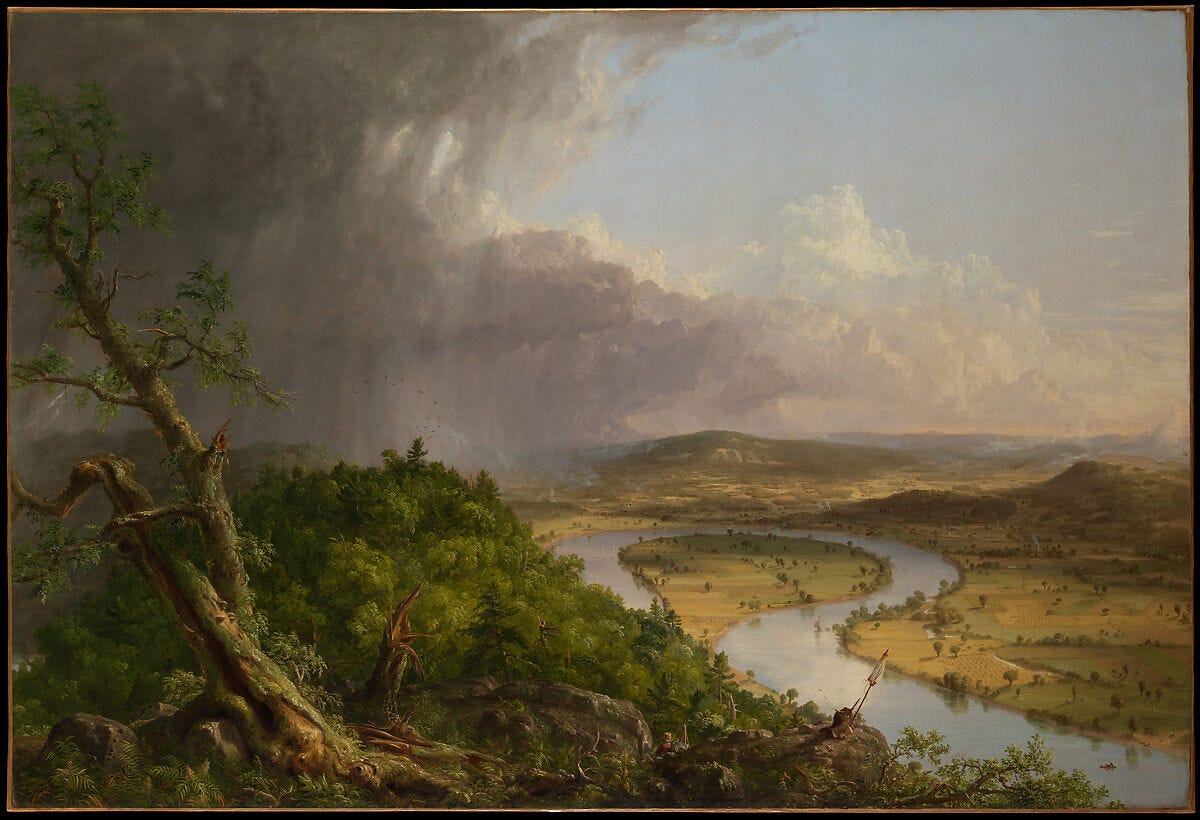
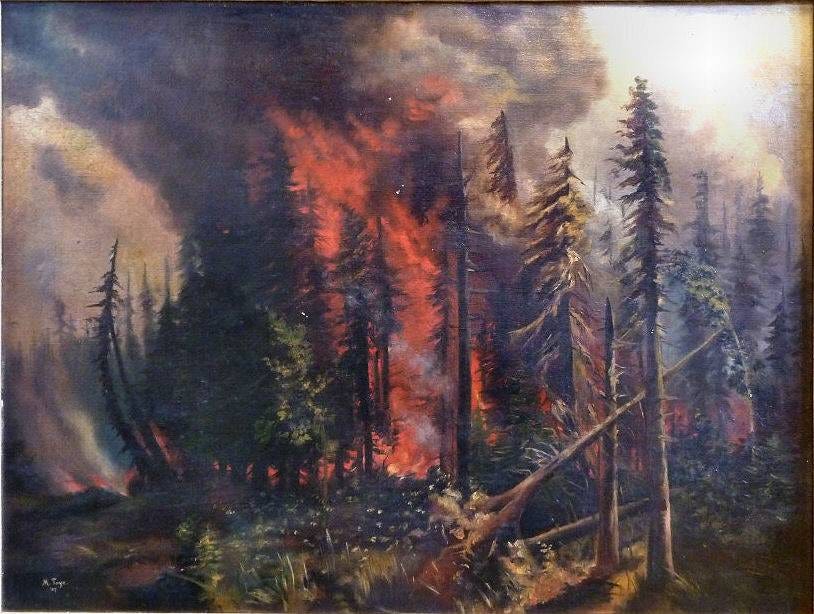
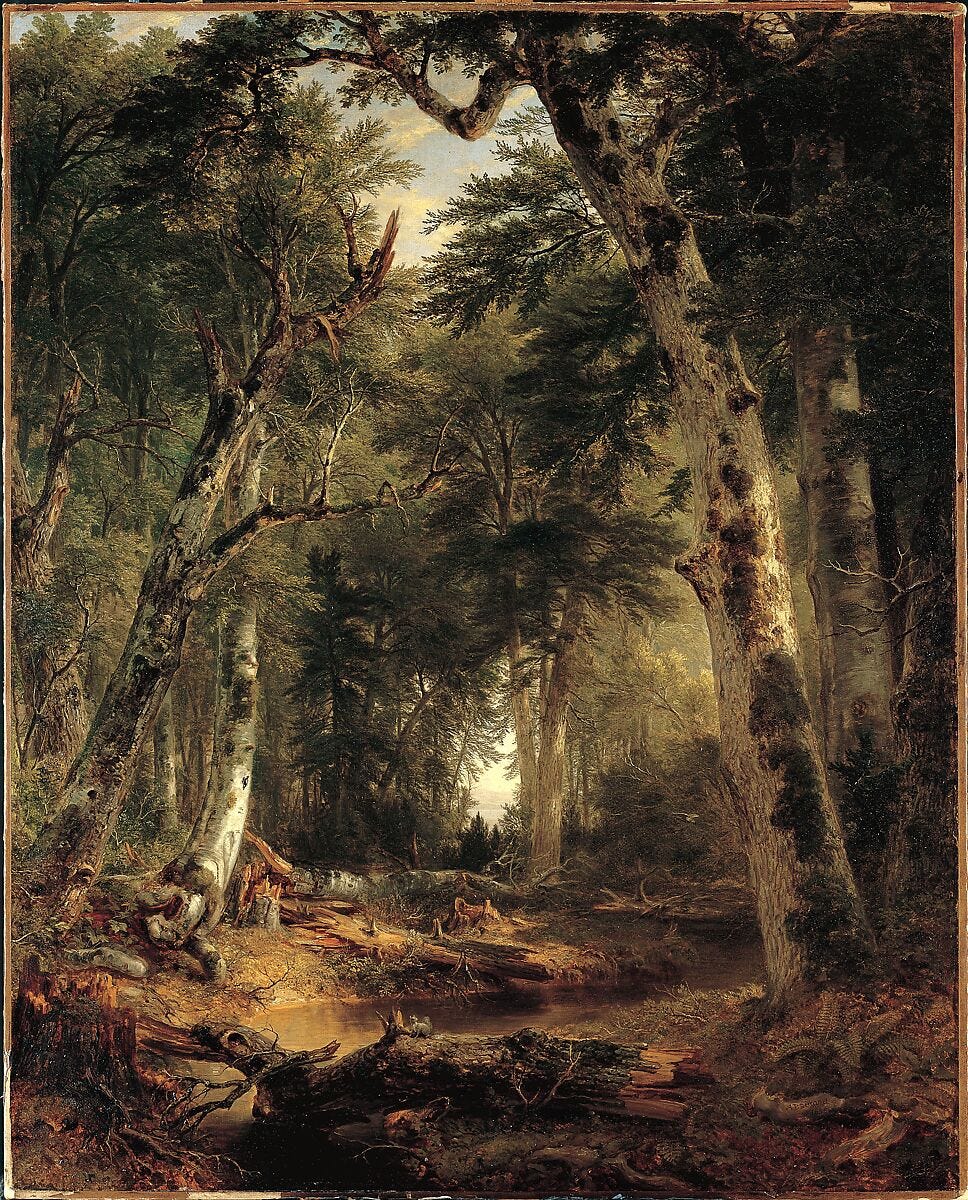
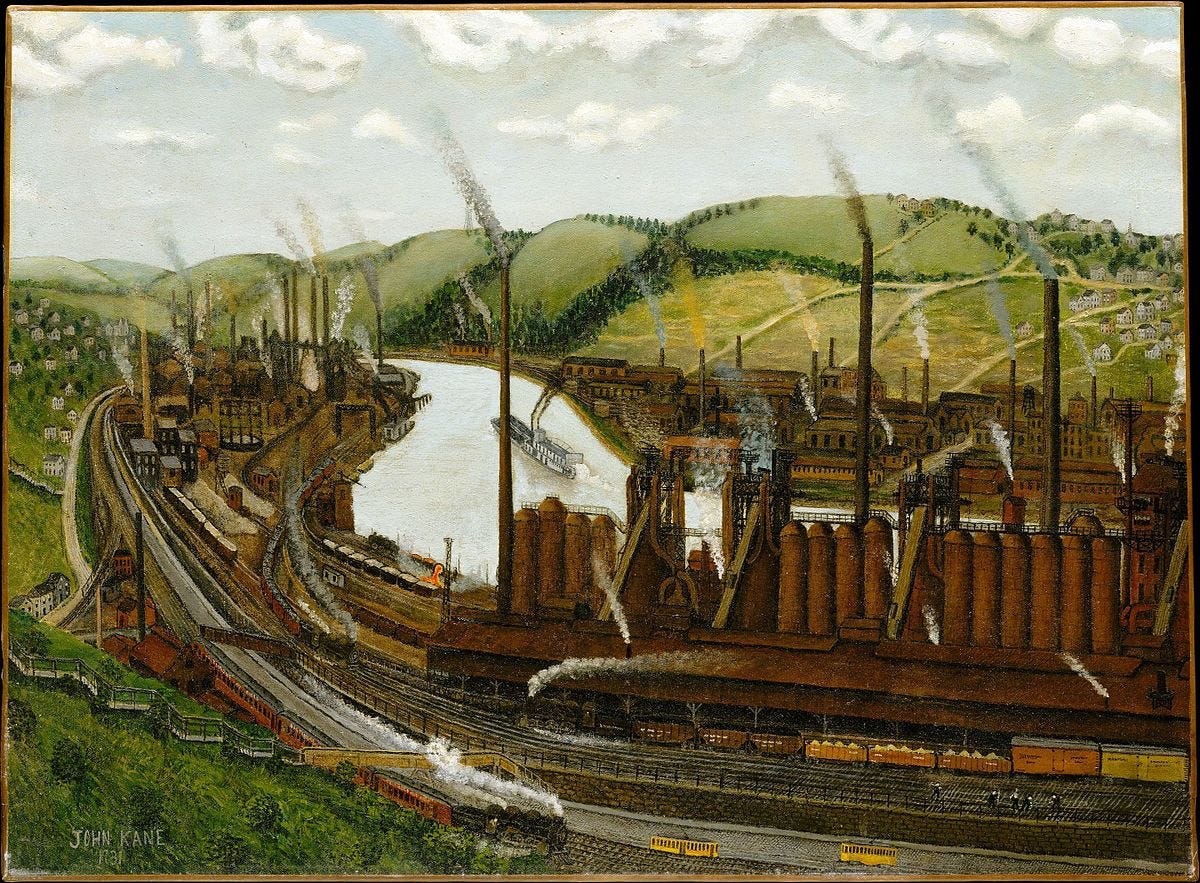
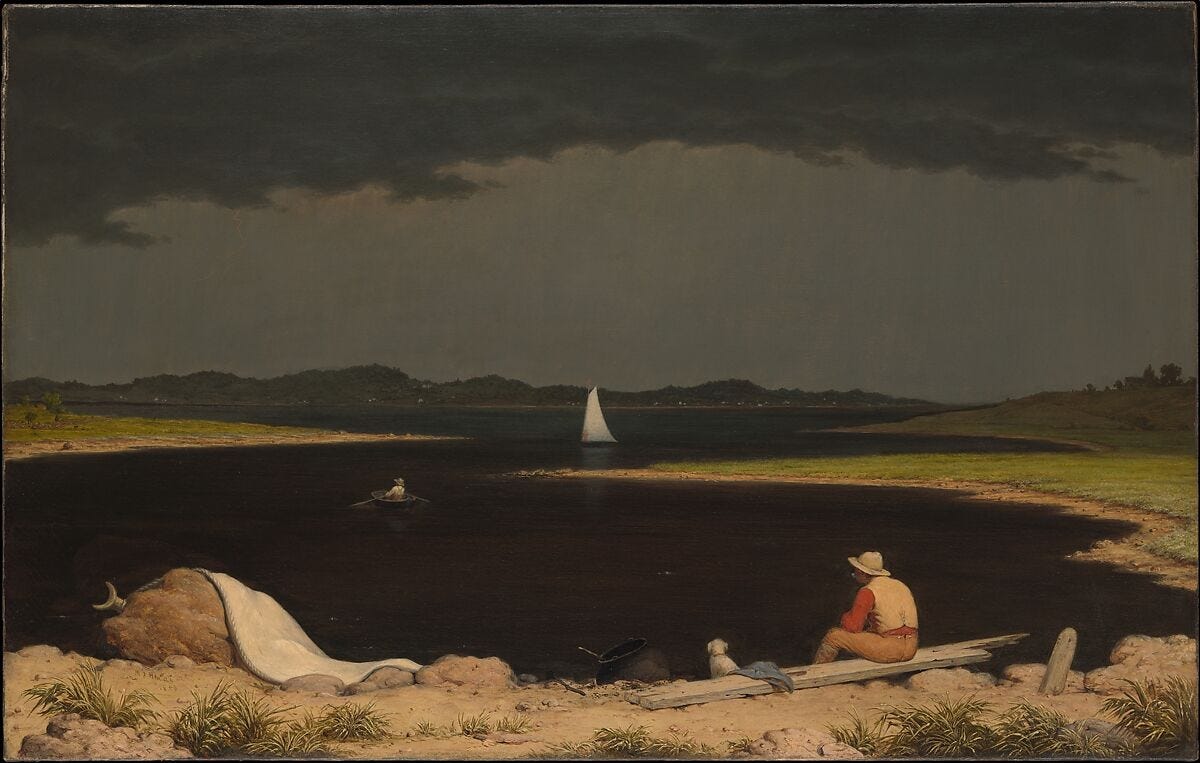
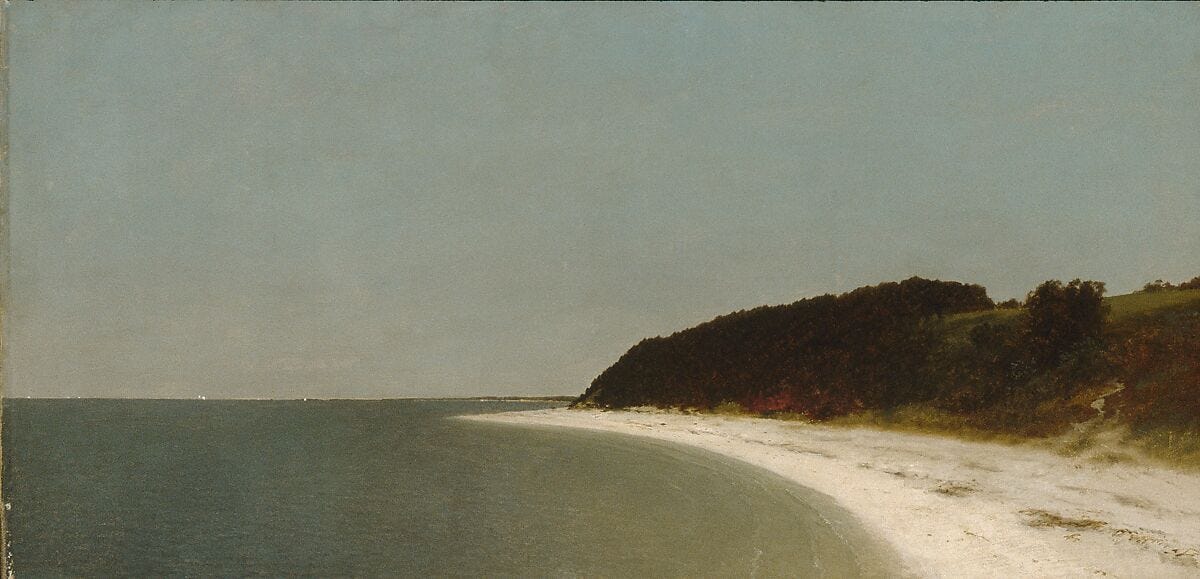
No yin without the yang. No good without the bad. Forest fires are recently now occurring at high rates in many ecosystems that have not evolved with fire. In ecosystems like California, fires are necessary for some tree seeds to germinate. When forests burn down now, it does not regenerate like it use to because of invasive plants. We must wait a few hundred thousand years for the ecosystems to rebalance because of invasive species. In the past 100 years many trees have gone extinct from invasive disease/insects. I like the analogy about creative destruction. I think more connections can be made - like the economic system we are in is not the same as it use to be. The rate of destruction versus rate of regrowth. In what context does it occur?